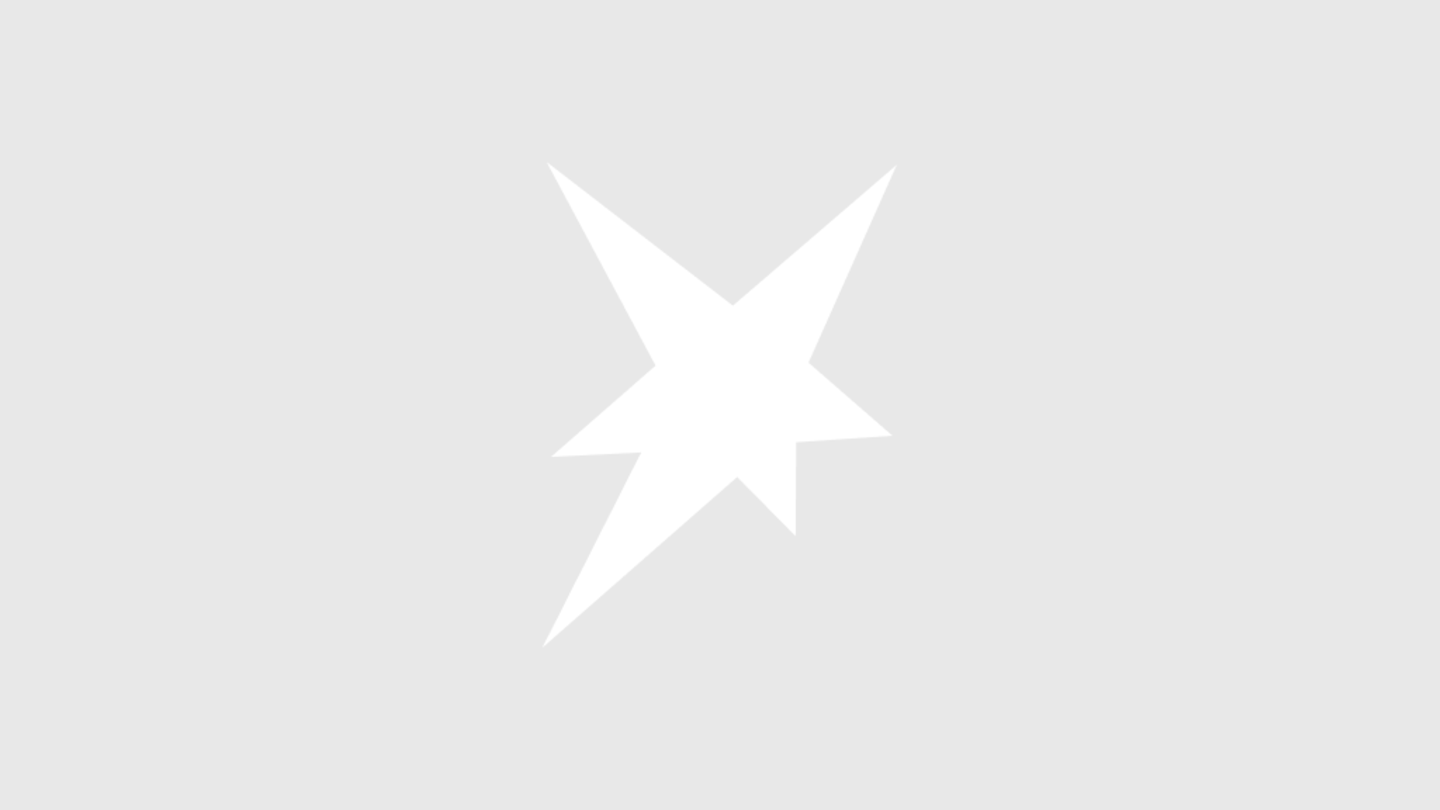1. The combination of social media and people’s economy
The acceleration of digitization and the growth of commerce in and through social networks was leveraged by the need to disintermediate commissions from regional platforms such as Amazon, Mercado Libre, among others. Electronic banking and the Fintech boom brought technological advances that in 2020 allowed us to easily incorporate means of payment to social media profiles.
real estate online.jpg
This e-commerce revolution produces the need to transform retail, reoriented towards new forms of consumption, mostly sought after as a delivery point, showroom, hidden kitchens, warehouse or small-scale production workshop; depending on the geographic location, the type of surface and the associated tax costs.
2. The entrepreneurial boom
The pandemic created planetary awareness about extractive capitalism, which generates imbalances in the climate and social inequity. This problem is not new, it has intensified and is affecting almost every society on the planet. In our country, the problem of productivity, work, wages and social equity marked the electoral agenda. The purchase decision is now tilted towards non-industrial, sustainable production. Brands and corporations enter into a dispute with platforms, which allow millions of people to buy, produce and sell directly to other people.
The whole range of enterprises in the physical economy, face-to-face services, small industrial producers, workshops, designers and artisans collide with the problem of the lack of productive space. The opportunity in the space fragmentation business is infinite and there is not yet, outside the office sector that had already been experiencing this trend, who is leading it.
3. The intensification in the demand for industrial space
The current demanding context forced the different industries to become more flexible in different areas, including logistics, which found a solution by identifying new spaces for this activity. The retail trade, which used its social networks and marketplace platforms as a point of sale, created a competitive advantage to sustain sales that will remain after the pandemic, further increasing the demand for products and, consequently, for spaces to store them .
For their part, large companies are looking for contracts that allow them to change quickly within an environment in constant flux, reduce their commercial infrastructure costs and be sure that within these spaces they will be able to carry out all their work.
4. Residential neighborhoods reappear as small economic poles
The boom in the people’s economy generated an unexpected need for spaces. The demand is located today in decentralized geographies and where it can be reached by bicycle or walking from home. Residential and high-income areas are once again attractive due to their proximity to utopias, such as 15-minute cities.
Small workshops for the creation of objects or the development of design prototypes, which had already been growing in fairs or venues in avant-garde and design neighborhoods such as Palermo, Chacarita and Villa Crespo, imploded towards online sales models.
balcony building

Pexels
As we have seen so far, these four keys can help us understand where a market that today is immersed in an unprecedented transformation is going. For this, it will be crucial to take a holistic approach to this transformation, taking into account social changes, digitization and collaborative environments; to be encouraged to explore and exploit the new emerging forms.




